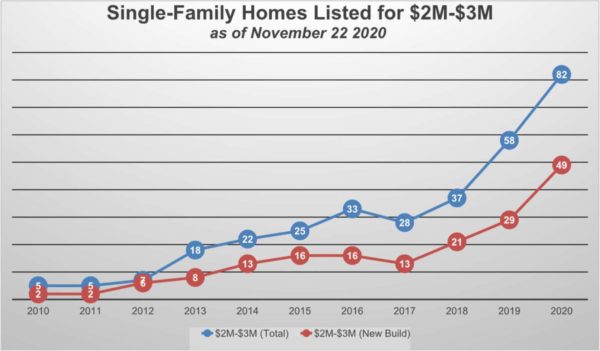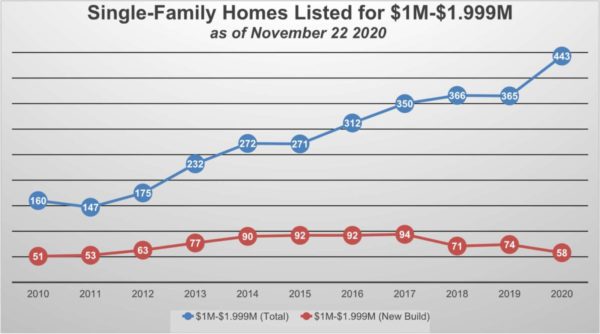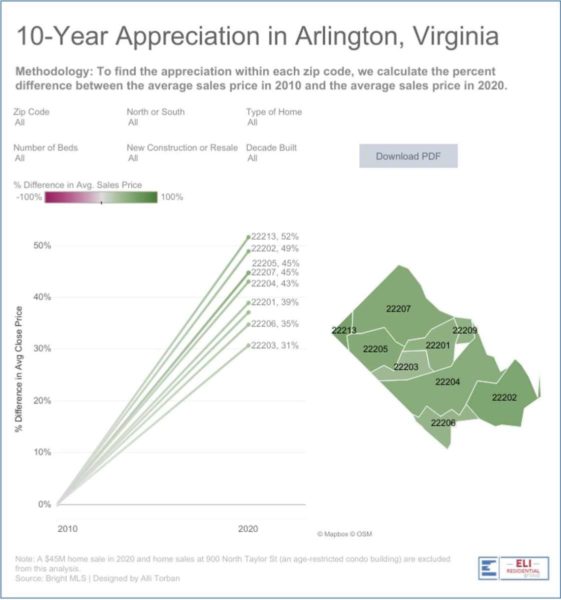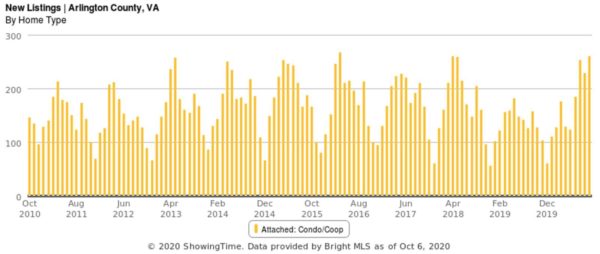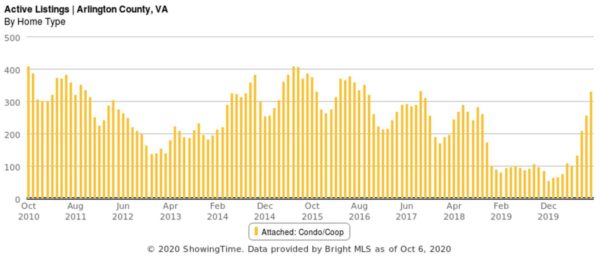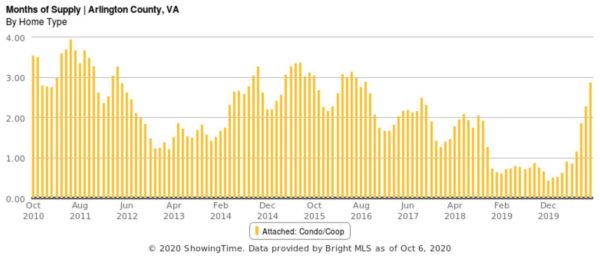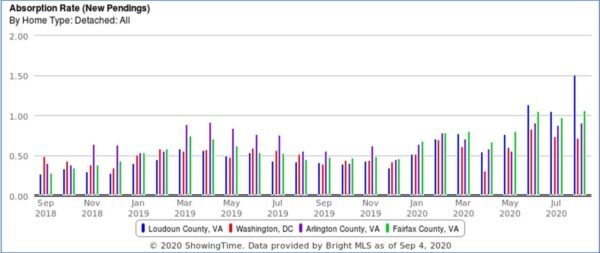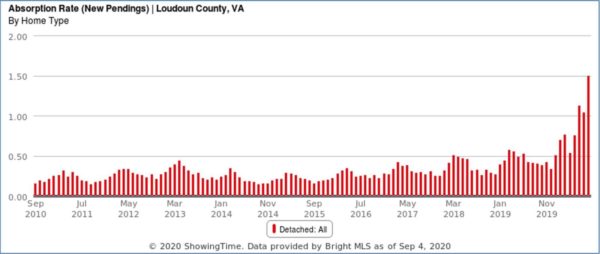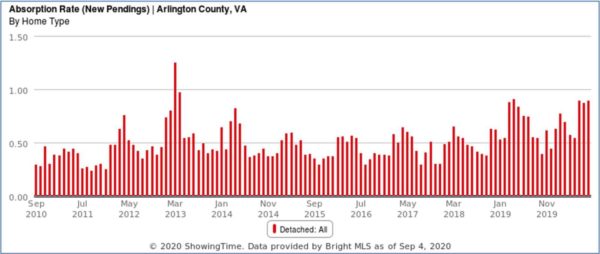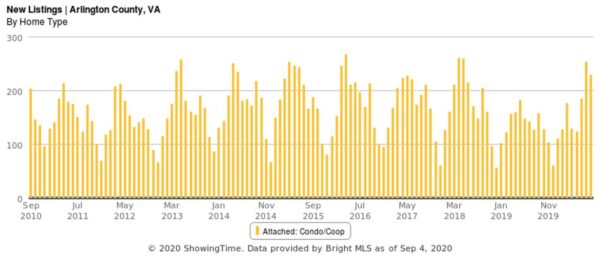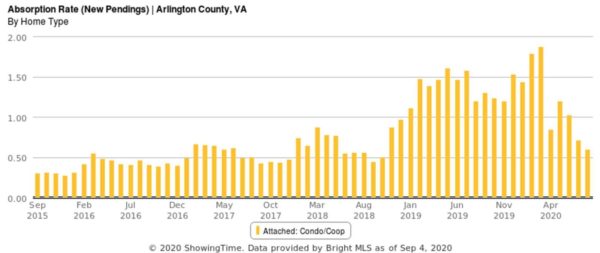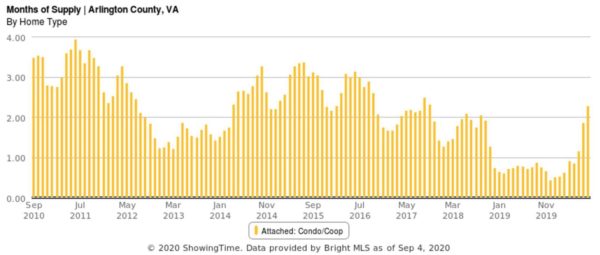This regularly-scheduled sponsored Q&A column is written by Eli Tucker, Arlington-based realtor and Arlington resident. Please submit your questions to him via email for response in future columns. Enjoy!
Question: Is it just me or have there been a lot more $2 million-plus homes for sale this year than in the past?
Answer: The $2 million mark used to represent a significant resistance point for homes in Arlington, reserved only for the best of the best and the most difficult to sell, but we’ve seen a surge of $2 million-plus homes for sale in Arlington this year and demand to absorb it.
One of the more interesting differences between Arlington’s real estate market and other expensive markets is that while a huge percentage of our homes sell for over $1 million, we have very few homes that sell over $3 million. For some context, there have been 82 single-family homes listed for sale in the $2 million to $3 million range in Arlington in 2020, but just 19 listed for sale/sold since 2010 for over $3 million (and four of them are currently for sale).
Below is a chart showing the number of single-family homes sold that were listed for $2 million to $3 million since 2010. Note that 2020 also includes homes currently for sale or under contract that are listed for $2 million to $3 million (and we still have five weeks left in the year for more homes to be listed).
Here are some interesting details about the $2 million to $3 million single-family home price point:
- The average sold price to original asking price from 2015-2019 was nearly identical, ranging from 94.1-94.7 percent, but this year that average shot up to 96.5 percent. Also, from 2015-2019, the average days on market was 93 days, but in 2020 it dropped to 58 days. Both of these changes indicate a much stronger appetite from buyers for $2 million-plus homes.
- Since 2010, 92.3 percent of homes were/are located in the 22201 (20.1 percent) and 22207 (70.2 percent) zip codes.
- I was surprised that only about half of the sales are new construction. I would have expected new construction to make up a much higher percentage of these high-price sales.
- Prior to 2019, a $2 million-plus home usually meant at least one-third of an acre, but in 2020 it brings an average of just a quarter of an acre.
- Bedroom/bathroom count has remained pretty consistent over the years, with an average of five to six bedrooms, five full bathrooms and one half bathrooms.
- If you’d like to click through the $2 million $3 million single-family homes since 2010, here’s a link.
If you’re as curious as I was about what the chart for $1 million to $1.999 million single-family homes looks like, it’s quite different. Enjoy!
If you’d like to discuss buying or selling strategies, don’t hesitate to reach out to me at [email protected].
If you’d like a question answered in my weekly column or to set-up an in-person meeting to discuss local Real Estate, please send an email to [email protected]. To read any of my older posts, visit the blog section of my website at www.EliResidential.com. Call me directly at 703-539-2529.
Eli Tucker is a licensed Realtor in Virginia, Washington DC, and Maryland with RLAH Real Estate, 4040 N Fairfax Dr #10C Arlington VA 22203. 703-390-9460.



